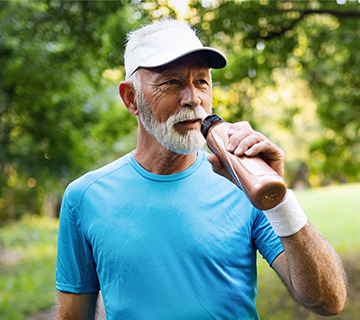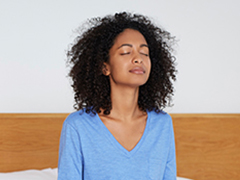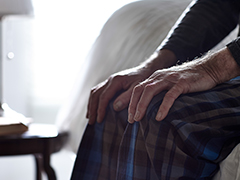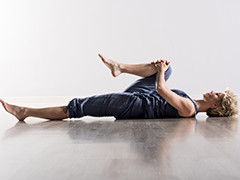How the Heat Can Affect Chronic Pain

If your pain is worse in the summer than other seasons, you’re not alone. Many would think that warmer temperatures help you break free of chronic pain symptoms but that’s not always the case. Here’s how the heat can affect your chronic pain disorder.
Arthritis
You might already know that colder temperatures can worsen arthritis symptoms for some, but the heat can be just as bad for others. Temperature changes and humidity can cause tissues like tendons and ligaments to expand and contract, which can trigger joint pain.
Multiple Sclerosis
MS can cause various types of pain all over the body, and the heat can activate this. Anything that raises your body temperature can worsen MS symptoms. Doctors have coined this phenomenon as the Uhthoff sign. Once the person has cooled down, the symptoms go away.
Fibromyalgia
Much like with arthritis, many people with fibromyalgia are notoriously affected by colder temperatures. But in the same way, the heat has been known to cause severe discomfort in others. This is called "temperature sensitivity"—a worsening of symptoms with any extreme temperature fluctuations.
Migraines and Headaches
Heat causes dehydration. Dehydration causes headaches and migraines. It’s that simple. We cannot stress enough how important it is to stay hydrated, regardless of the temperature.
As you can see, the common link with all of these disorders is that heat worsens the pain. See below for ways to avoid it.
How to beat the heat
To manage your chronic pain symptoms in the heat, the best thing to do is find ways to stay cool. For example:
- Stay hydrated—drink lots of water and limit alcohol and caffeine intake.
- Find shade—don’t spend too much time soaking up the sun.
- Dress appropriately—wear breathable clothing, a hat and sunglasses when outside.
- Rapid relief—put a cold washcloth on your neck or run cold water over your wrists.
- Helpful hygiene—take a cool shower or bath to lower your body temperature.
- Refresh yourself—suck on ice cubes or a popsicle to cool off internally.


